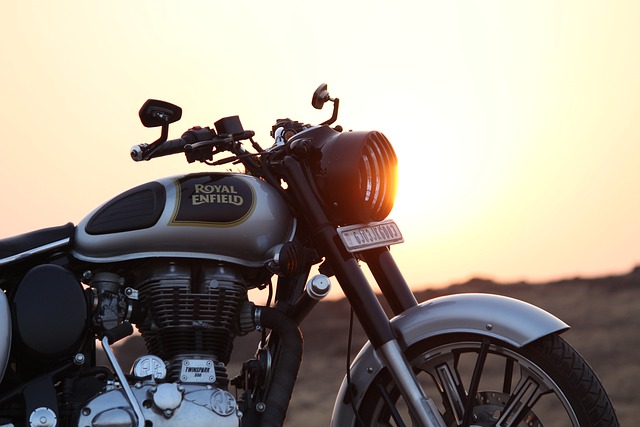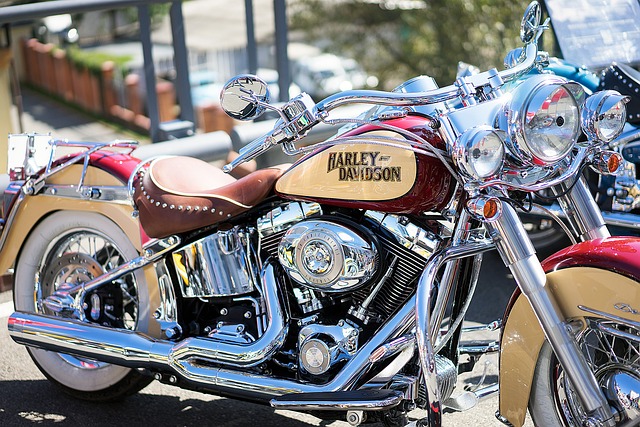Spring is finally here, and with the warmer weather comes the irresistible urge to take your trusty motorcycle out of storage and hit the open road. But before you fire up the engine and zoom off, it’s crucial to ensure your motorcycle is prepped and ready for a safe and enjoyable riding season. In this article, Cheap Insurance will walk you through the essential steps to get your motorcycle road-ready, covering pre-season safety checks, necessary gear, the importance of motorcycle insurance, and tips for ongoing maintenance throughout the year.
Key Takeaways:
- Conduct a thorough pre-season safety check on your motorcycle before hitting the road, focusing on battery, fluids, tires, brakes, lights, and controls.
- Invest in high-quality motorcycle gear, including a DOT-approved helmet, protective clothing, gloves, footwear, and eye protection.
- Don’t skimp on motorcycle insurance. Liability, collision, and comprehensive coverage provide financial security in case of accidents, theft, or other unforeseen events.
- Maintain your motorcycle throughout the year with regular cleaning, chain care, proper tire maintenance, and proper storage procedures during winter.
- Ease back into riding by choosing familiar routes, gradually increasing distances, favoring good weather conditions, staying alert, and taking breaks to ensure a safe and enjoyable riding season.

Is Your Motorcycle Ready to Hit the Road Again? A Pre-Season Safety Checkup
After months of slumber in storage, your motorcycle might need some TLC before it tackles the road again. Here’s a comprehensive pre-season motorcycle maintenance safety checkup to ensure a smooth and safe riding experience:
Battery Check: A motorcycle battery loses charge over time, especially in colder temperatures. Check the battery voltage using a multimeter and consider replacing it if it falls below the recommended level. You can also give it a good cleaning to remove any corrosion around the terminals.
Fluids and Lubrication: Check and top off engine oil, coolant, and brake fluid according to your motorcycle’s manual. Inspect for any leaks or discoloration in the fluids, which might indicate a problem. Don’t forget to lubricate the chain according to the manufacturer’s recommendations.
Tires: Proper tire inflation is crucial for safety and handling. Check the tire pressure for both the front and rear tires (refer to your owner’s manual for the recommended PSI). Inspect the tires for any signs of wear, cracking, or damage. The tread depth should also meet the legal minimum requirement in your area.
Brakes: Test your brakes for proper functionality. Ensure they engage firmly and evenly without any unusual noises or vibrations. Check the brake pads for wear and tear, and replace them if necessary.
Lights and Electrical System: Turn on all lights (headlight, taillight, turn signals, brake lights) and ensure they function properly. Check the horn and other electrical components as well.
Controls and Adjustments: Test the throttle, clutch, and gear shifting to ensure smooth operation. Make any necessary adjustments to the handlebars, levers, or suspension according to your preference.
Gear Up for the Ride: Essential Equipment for Motorcycle Safety
Safety should always be your top priority when riding a motorcycle. Here’s the essential gear you should never leave home without:
Helmet: This is a no-brainer. Invest in a high-quality, DOT-approved helmet that fits and is comfortable.
Protective Clothing: Wear a sturdy motorcycle jacket and pants made of abrasion-resistant materials like leather or heavy textiles. Consider adding elbow, knee, and back protectors for additional impact protection.
Gloves: Protect your hands with motorcycle gloves that offer abrasion resistance and good grip.
Footwear: Wear sturdy boots or shoes that provide ankle protection and good grip on the footpegs. Avoid sandals or sneakers that offer little protection.
Eye Protection: A full-face helmet with a visor offers the best protection for your eyes. Alternatively, wear motorcycle-specific goggles that shield your eyes from wind, dust, and debris.
The Importance of Motorcycle Insurance
Motorcycle insurance is not just a legal requirement in most states; it’s an essential safeguard for your financial security. Here’s why affordable motorcycle insurance is crucial:
Liability Coverage: Often called inexpensive motorcycle insurance. This protects you financially if you cause an accident and injure others or damage their property.
Collision Coverage: This helps cover the repair or replacement costs of your motorcycle if it’s damaged in an accident, regardless of fault.
Comprehensive Coverage: This protects your motorcycle from theft, vandalism, fire, and other non-collision-related damages.
The specific coverage you need depends on your motorcycle’s value, your riding habits, and your risk tolerance. Use online comparison tools for quotes to find affordable motorcycle insurance.
Tips for Maintenance and Storage Throughout the Year
- Regular Cleaning: Wash your motorcycle regularly to remove dirt, grime, and road salt, which can cause corrosion. Pay attention to the chain, drivetrain, and brakes during cleaning.
- Chain Maintenance: Keep your chain clean, lubricated, and properly adjusted according to your motorcycle’s manual.
- Tire Care: Maintain proper tire pressure and check for wear and tear regularly. Consider seasonal tire changes if you live in an area with extreme weather conditions.
- Winter Storage: If you won’t be riding your motorcycle during the winter, prepare it for storage. Here are some steps:
- Fill the gas tank: A full tank helps prevent condensation from forming inside the tank.
- Change the oil: Fresh oil protects internal components during storage.
- Disconnect the battery: This prevents the battery from draining. You can also consider removing the battery and storing it in a cool, dry place.
- Use a battery tender: A battery tender can help maintain the battery charge during storage.
- Clean and lubricate: Give your motorcycle a thorough cleaning and lubricate all moving parts before storage.
- Cover it up: Use a motorcycle cover to protect your machine from dust, moisture, and other elements.

Choosing the Right Routes and Weather Conditions
After a long winter break, it’s crucial to ease yourself back into riding. Here’s how to choose the right routes and weather conditions for your first rides of the season:
Start with Familiar Routes: Pick familiar roads with lighter traffic to refresh your skills and get comfortable back on your motorcycle.
Gradual Increase in Distance: Don’t attempt long rides right away. Gradually increase the distance of your rides as your confidence and skills improve.
Favorable Weather Conditions: Avoid riding in extreme heat, rain, or strong winds. Choose clear, dry days with moderate temperatures for your initial rides.
Be Alert and Attentive: Pay extra attention to the road and your surroundings. Be mindful of potential hazards like potholes, uneven surfaces, or other motorists who might not be expecting motorcycles.
Take Breaks: Schedule regular breaks to stay alert and avoid fatigue.


